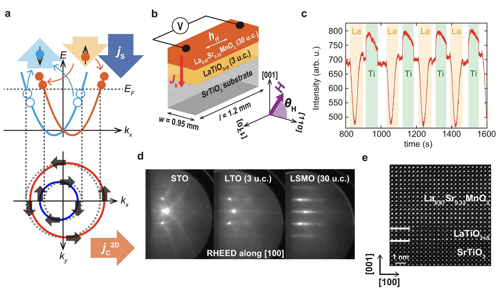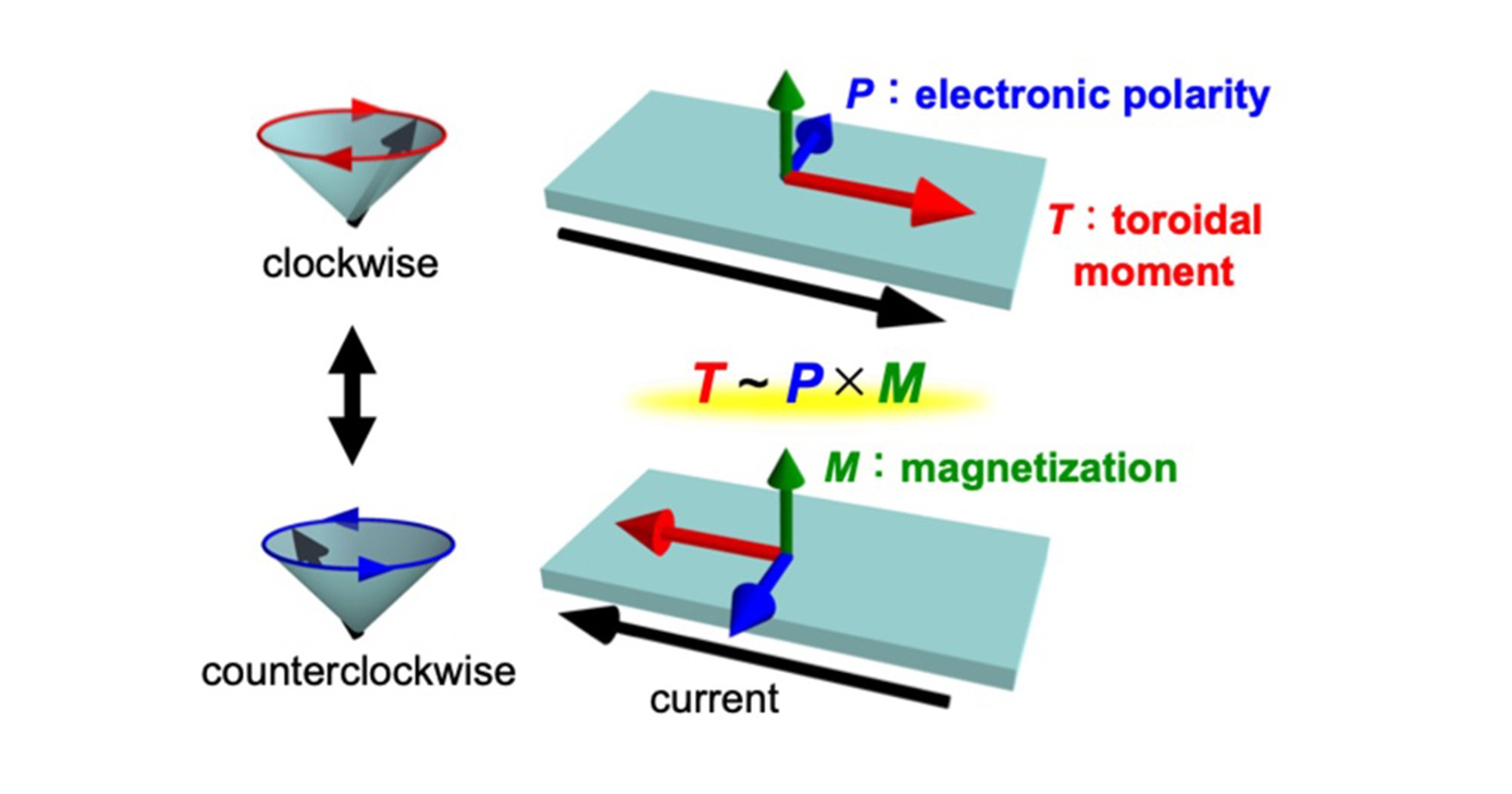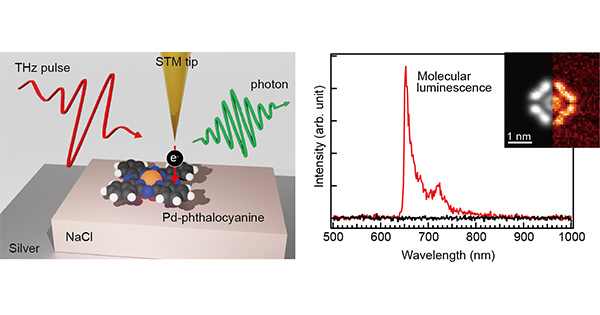Share this
Authors
S. Kaneta-Takada, M. Kitamura, S. Arai, T. Arai, R. Okano, L. D. Anh, T. Endo, K. Horiba, H. Kumigashira, M. Kobayashi, M. Seki, H. Tabata, M. Tanaka and S. Ohya
Abstract
The two-dimensional electron gas (2DEG) formed at interfaces between SrTiO3 (STO) and other oxide insulating layers is promising for use in efficient spin-charge conversion due to the large Rashba spin-orbit interaction (RSOI). However, these insulating layers on STO prevent the propagation of a spin current injected from an adjacent ferromagnetic layer. Moreover, the mechanism of the spin-current flow in these insulating layers is still unexplored. Here, using a strongly correlated polar-metal LaTiO3+δ (LTO) interlayer and the 2DEG formed at the LTO/STO interface in an all-epitaxial heterostructure, we demonstrate giant spin-to-charge current conversion efficiencies, up to ~190 nm, using spin-pumping ferromagnetic-resonance voltage measurements. This value is the highest among those reported for all materials, including spin Hall systems. Our results suggest that the strong on-site Coulomb repulsion in LTO and the giant RSOI of LTO/STO may be the key to efficient spin-charge conversion with suppressed spin-flip scattering. Our findings highlight the hidden inherent possibilities of oxide interfaces for spin-orbitronics applications.

Nature Communications: https://www.nature.com/articles/s41467-022-33350-5
These Related Stories

